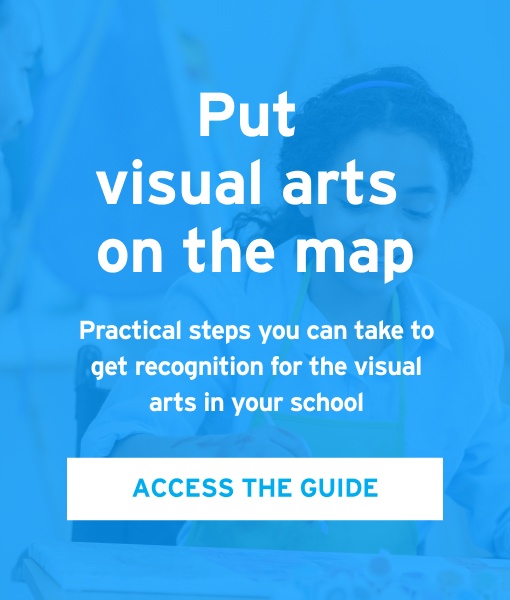Create a more balanced timetable
Another argument to encourage students to pursue the arts at Key Stage 4 and 5, is the chance it offers them to broaden their timetable. Students gain the opportunity to be celebrated and recognised for their achievements in the arts, while also raising the profile of these subjects across the school, and keeping their future options more open.
Additionally, by participating in extracurricular arts activities accredited via Gold Arts Award, or other arts qualifications, students can add to their UCAS points and have more to talk about in their university applications or interviews.
Broadening their subject span is also good for helping students keep their future options wide. Too often, young people feel hemmed into a particular direction too early: we ask students to make major decisions that will affect their pathways for life at the age of 13 when they choose their Key Stage 4 options. How can we expect them to know what they want to become in adulthood, at this young age?
By encouraging students to widen their subject choices to include an arts subject, they won’t feel the pressures associated with ‘putting all their eggs in one basket’ too early. It’s likely the largest part of their timetable will be taken up with rigorous maths, science, humanities and language subjects – finding a space for art could be really beneficial for other reasons, too.
As we explore in the SLT-focussed section of this site, art encourages neurological developments that other subjects simply do not nurture in the same way. Forging these pathways in young brains improves cognitive ability, relaxation, problem-solving skills and general wellbeing.
By taking one, or even better two, arts subjects, young people are using their brains in different ways, leading to better function in other subject areas. Encouraging the uptake of the arts means students can make a real difference to their general wellbeing, while also being given their opportunity to shine for the school.
Did you know?
By encouraging students to take longer to consider their future choices and selecting a broader range of subjects, teachers also help preserve the arts industry long term. It means there is more scope for students to find out about creative careers and consider the varied appeal of this employment option over time.
One of the most attractive aspects of a career in the arts that might engage students, is the potential longevity of a career in this industry. As discussed in the Parents section of this site, creative jobs will be far safer in the future than those in other sectors, as automation increases and replaces the jobs we take for granted now.
But additional to this fact, students need to know the chances of immediate employment after university, should they pursue an arts course at higher education, as opposed to a STEM or other perceived “safe” academic routes. This Labour Market Guide used data from graduates, six months after graduating to find patterns in employment, discovering:
‘The single biggest employment area was as arts, design and media professionals. Looking at those who were in employment, this accounted for: 27.0% of fine art graduates, 29.9% of performing arts graduates and 41.1% of design graduates.’
Students with arts degrees find themselves employed and able to support themselves independently, far more effectively than other graduates. With such a broad field of careers available in the arts, students from this background have honed the skills to fill many employers’ skills gaps, such as communication, problem-solving and team work.
.png?width=2400&name=Untitled%20design%20(9).png)




.png?width=2400&name=Untitled%20design%20(9).png)

